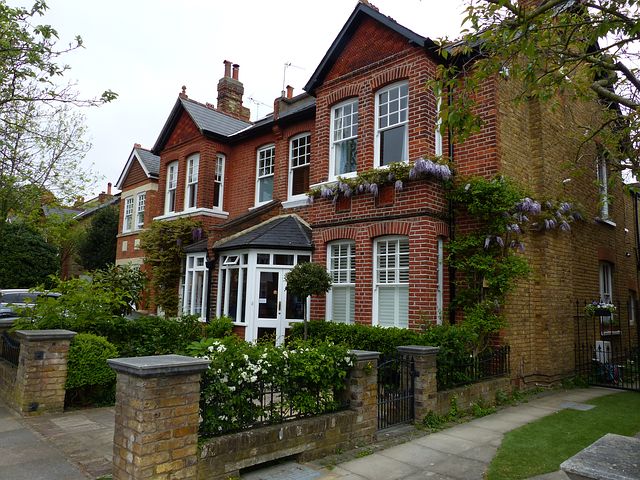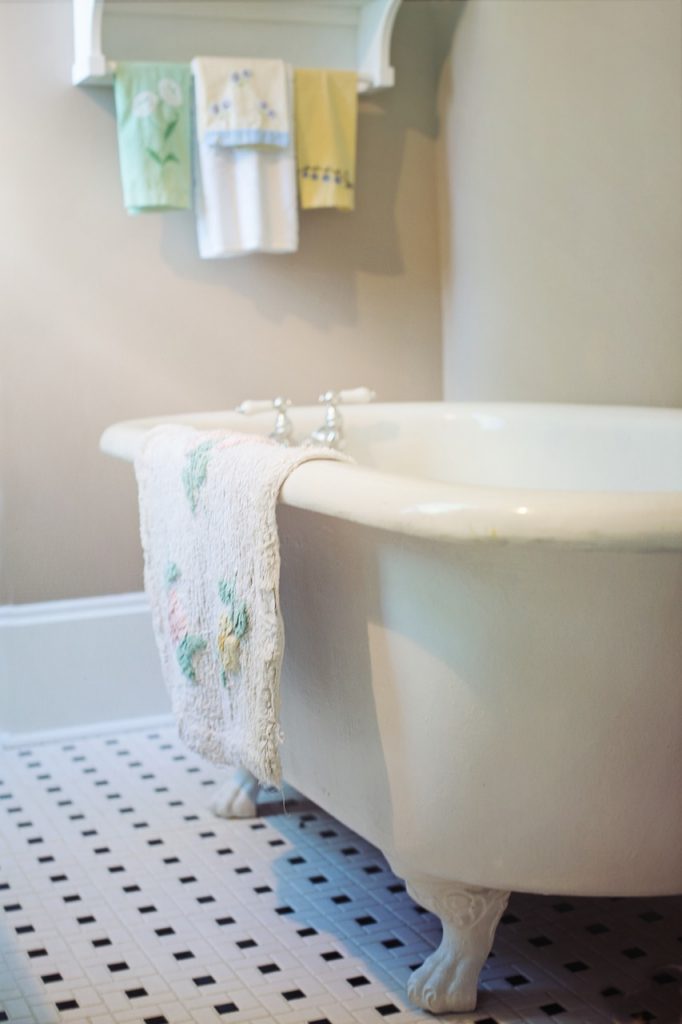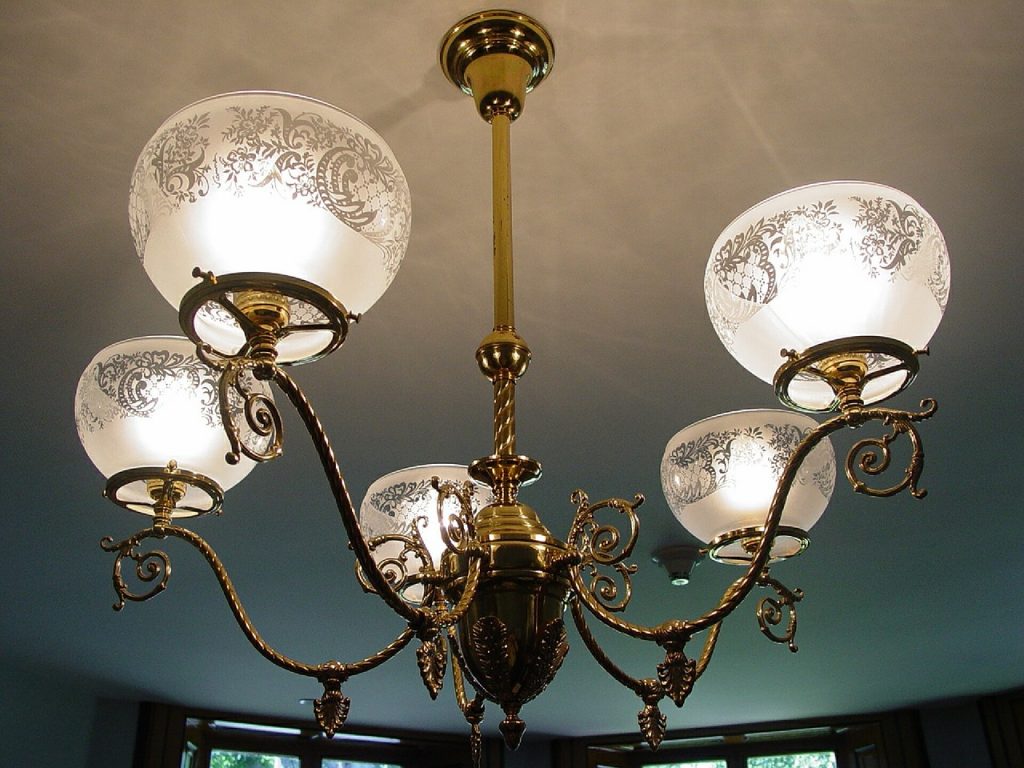One of the most common complaints among prospective home buyers is the fact that every newly built house looks the same as every other house in the neighborhood. The idea of a basic floor plan with a few variations appeals to builders. However, that concept is anything but appealing to someone who is probably about to make one of the biggest investments they’ll ever make in their life. For this reason, a growing number of people are turning to older homes they can renovate. If you are currently renovating a home constructed at the turn of the last century, why not look at some interesting ways to recreate a classic Victorian bathroom. If it’s elegance and opulence you are after, there is no better era to recreate!

Floor and Walls of A Victorian Bathroom
If there is one thing common to the Victorian era it would be their love for mosaic tiles in the bathroom and kitchen! These are often small tiles, usually black and white pieced together to form a repeating pattern. Most often forming a large white square with tiny black tiles at each corner. Walls, if not tiled, were often bricks painted white. If there was any color at all on the floor, it would be in the form of a central carpet, often of Persian design.
Persian rugs were huge in the Victorian era. They were used throughout the entire home. Often the flooring was hardwood, so that what we call throw rugs today, were used to add that extra softness underfoot. often giving the room a bit of character. In an authentic Victorian bath, the tiling on the floor was marble. Today there are other ceramic tiles can mimic the look. Having said that, if you want the real deal, opt for marble.
Tubs and Sinks In A Victorian Bathroom
Here is where you’ll want to focus your attention if you are seeking to recreate an authentic Victorian bath. Most often you’d find a clawfoot tub that was deep and detached from the wall or floor. Pipes ran up through the floor, or through walls, and even the faucets were a major part of the allure. While you can still find antique tubs and faucets, it is often better just to buy a newly manufactured claw foot tub. This is because antiques often need to be resurfaced and that can run into more money than buying new. As for faucets, almost every manufacturer carries a line of ‘antique’ faucets to choose from. If you want to recreate an authentic bath, you can learn more at this website.

Sinks were most often pedestal sinks. Sometimes you could still find basins seated on a vanity or cupboard. Rarely would you find a mirror above the sink. This is because most Victorian ladies and gentlemen groomed themselves at vanities in a separate area. One thing to bear in mind when creating a Victorian bathroom is that you should keep the room large and spacious. At this point in history, you’d rarely (if ever) find a half bath. You could, however, find a water closet. This was something else altogether and simply a toilet in a little closet.
Authentic Victorian Toilets Might Pose a Problem
Speaking of toilets, recreating an authentic Victorian-era toilet may be somewhat of a problem. These were often pull-chain toilets unlike anything in use today. If you want an authentic toilet of the era, sites like eBay and other auction sites may have them listed, but that is only half the problem.
Being ‘pull-chain’ toilets, the plumbing worked a bit differently and you’d need a well-versed plumber to make them work in today’s homes. Even though the home may have been built more than 100 years ago, at some point the plumbing was updated, which might make it difficult to retrofit.
Bathroom Furniture of the Period
Typically, vanities were not built into walls as they are today. These were free standing dressing tables with a lavish mirror and often wall sconces to provide lighting. Ladies kept their brushes and combs, as well as, any hair adornments in drawers built into the vanity. Makeup usually consisted of lip color and blush. Most makeup you will want to keep that stashed away in a drawer.
Perfumes were applied by atomizers, so you will want one or more of those adorning your vanity. Men usually had a basin situated on a high iron glass-topped table. There would often be a matching table with a vase of flowers to add color and charm.

Lighting for the Victorian Bathroom
Wall sconces near the vanity were mentioned above, but they were also placed higher on walls near the tub and at entryway doors. Few bathrooms of the era had overhead lights. If they were there, they were often quite like the chandeliers we now use in dining rooms.
These had candle light bulbs and were kept a bit closer to ceilings unless they were inordinately high. You can find sconces today manufactured to give an authentic Victorian appeal. Therefore, you won’t need to scout the auction sites for wall sconces unless you want an actual antique.
Finishing Touches Are up to You
Now that you get the idea, you can add a few finishing touches of your own. If you have any questions as to what an authentic Victorian bathroom looked like, there are many pictures and drawings across the web and in museums around the country.
From sterling silver boar bristle hair brushes to atomizers and ornate hand mirrors, you can add embellishments to suit your fancy and that can be a journey of its own. However, at the end of the day, when your bathroom remodeling is complete, you will finally know what it’s like to live in the elegance of the period.
This post is a collaboration and may contain resourceful affiliate links. All opinions are our own and for informational purposes only.
